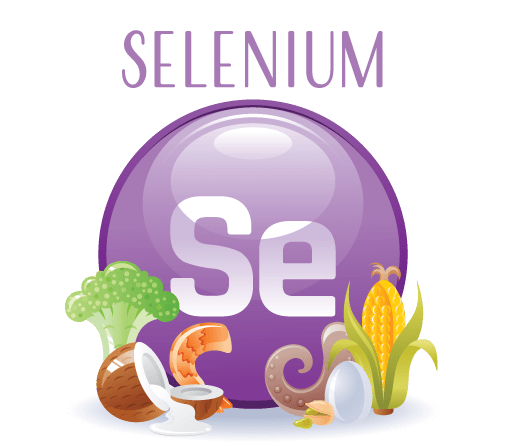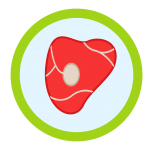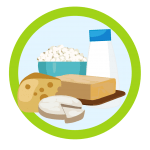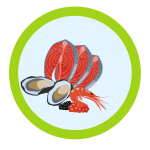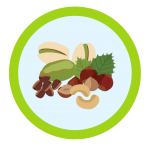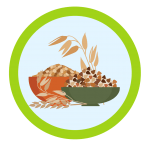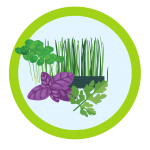Don’t overlook selenium’s benefits
Selenium is a trace mineral that is essential to good health, but often overlooked in the world of nutrition. It plays an important role in our body’s antioxidant defense system, helps preserve immune function, and supports thyroid health. While selenium supplements are available, the majority of our daily intake should come from food sources.
While it is important to our health, it’s important to not go overboard as too much can be harmful.
Incorporating foods rich in selenium into your diet isn’t difficult, but it’s important to note that individuals with certain health conditions may have difficulty absorbing the mineral. However, for most everyone else, consuming selenium from food sources can be an easy and delicious way to protect your overall health.
